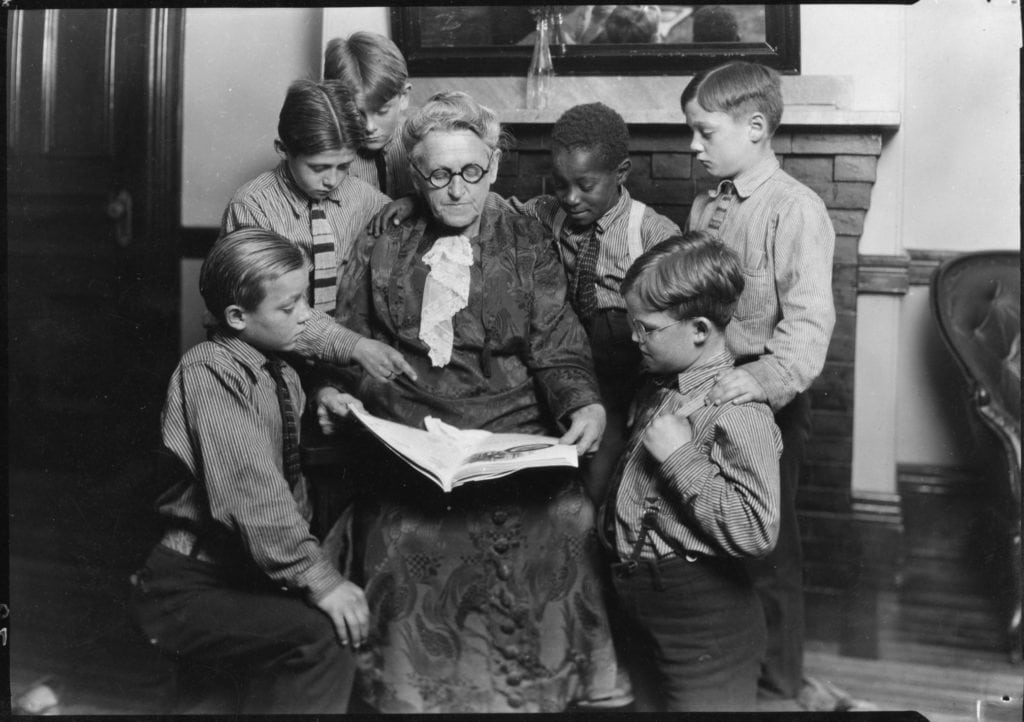[ad_1]
By Cindy Zomar, Education coordinator
(Photos / Courtesy Westborough Public Library)
WESTBOROUGH – An ongoing exhibit at Westborough Public Library focuses on shedding light on differences in the culture and practice of child welfare throughout history.
Entitled “Changing Pictures of Childhood: A Comparative History of Child Welfare in Westborough”, the exhibition features in particular a donation of photos from the Lyman School for Boys.
Local history librarian Anthony Vaver knew the collection deserved to be on display, and he remembered another collection of bondage contracts he had cataloged.
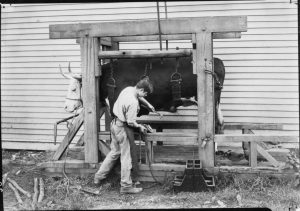
(Photos / Courtesy Westborough Public Library)
These contracts alone did not provide sufficient visual impact. But, during a discussion with library director Maureen Amyot, the idea of ​​combining collections to compare and contrast the child welfare system throughout history was born.
“I was going to do a little exhibit at the Westborough Center, but Maureen pointed to the large wall in the main library and told me to take it too,†Vaver recalls.
Vaver thought of the model of an ideal childhood as we see it today. He then wanted to show how the concepts evolve over time.
“History shows us how we see things differently at different times, and this exhibit was a way to explore the history of childhood and child welfare,†he continued.
Child protection has evolved over the centuries
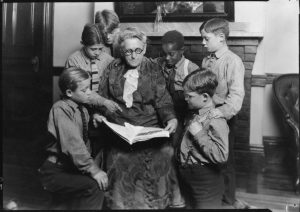
(Photos / Courtesy Westborough Public Library)
In the late 1700s and the 19th century, children who were orphaned or taken from their homes because of poverty, abuse or neglect became a ward of the city. As such, they have been turned into “poor apprenticesâ€.
They were seen as tiny adults rather than children.
Contracts were signed with education and labor expectations for contract owners and children. Girls were usually under contract until the age of twenty-one, while boys were usually alone at eighteen.
The education required of their “masters” focused on teaching various trades to children. It was in the interest of the family because the more the child could work, the more the family could succeed, whether it was through farming, sewing, weaving or other trades.
The culture, however, began to evolve into a more protective fashion for children around the mid-19th century.
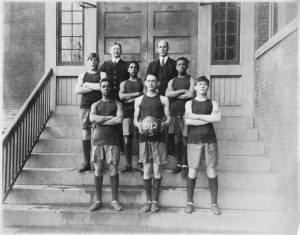
(Photos / Courtesy Westborough Public Library)
Rather than being seen as another employee, children began to be seen as individuals with potential. Childhood was a time to prepare them for adulthood. These children unhappy enough to be homeless, for whatever reason, have been placed in institutions.
In 1848 Westborough became home to the first state-funded reform school for boys in the country.
The State Reform School for Boys was located near Lake Chauncey until 1884, when the “Westborough Insane Hospital” took over this site and the school moved to Powder Hill. There it was renamed “Lyman School for Boys”, remaining open until 1971.
At school, the boys still had to work on the school farm and do other household chores. But academic classes were now part of the daily schedule.
Unfortunately, overcrowding was inevitable and the boys were grouped together with no deference to their situation or whether or not they were dangerous.
The exhibition will remain open until September
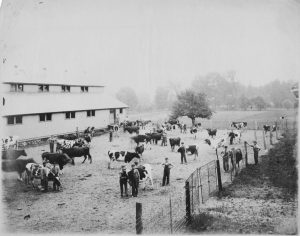
(Photos / Courtesy Westborough Public Library)
The new library exhibit shares many photos from these periods and ends with a narrated film made for the 50th anniversary of the Lyman School.
Amyot saw people walk through the exhibit and stop to read the maps accompanying the photos.
“They take their time and think about it and that’s what you want to see,†she said.
“If you walk in from the library, read the photo and contract labels, but to go further, use the provided QR codes, which immediately take you to the online version,†urged Vaver. “There are also documents available. I’ve included a few open-ended questions to help clients think more like historians, asking them what the photographer is trying to say with each photo.
As the boys were housed at the Lyman School for Boys, the Community Advocate learned that the girls were housed at the Lancaster Industrial School for Girls, which opened in 1856 as the country’s first reform school for girls.
The library’s exhibition on the history of child protection will continue until the end of September. It is free to the public during normal library hours. An online version can be viewed at https://www.westboroughcenter.org/westborough-history-connections/child-welfare/.
RELATED CONTENT:
Westborough Library Continues 1,000 Book Program for Young Children (communityadvocate.com)
Westborough Public Schools Seek Funding for New ELL Payroll Specialist Positions (communityadvocate.com)
Michael and Susan Abladian reflect on 55 years of marriage (communityadvocate.com)
[ad_2]

